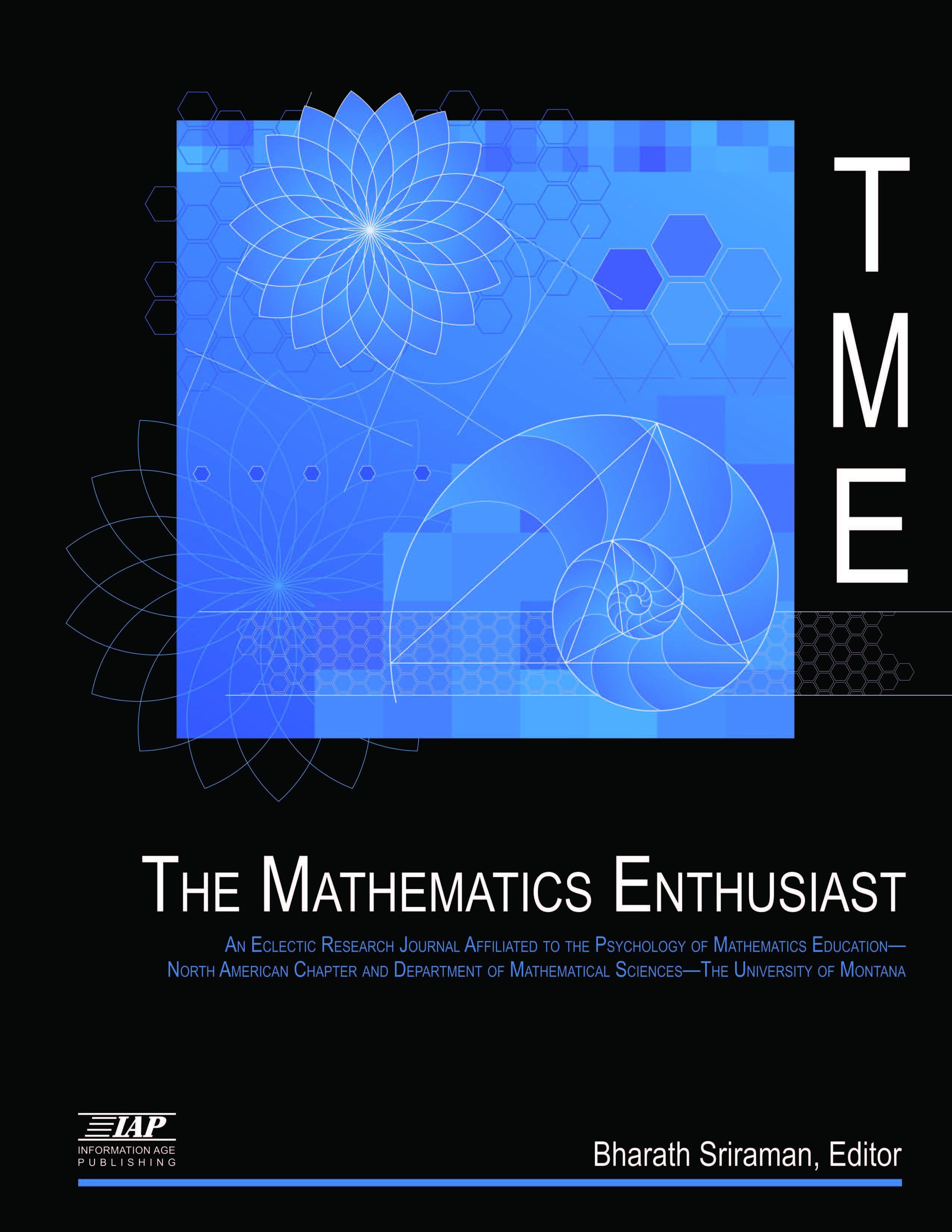
Volume
19
Issue
2
Abstract
This study investigates 48 preservice middle school teachers’ formal textbook definitions, formulas, and graphs of the directly and inversely proportional relationships. The connections among these three types of representations and how preservice teachers’ representations differ according to the two relationships are also examined. The data of the study included the preservice teachers’ responses to a paper-and-pencil test with two items. An explanatory research design model was followed when developing this study. The study findings indicated the preservice teachers’ over-attention to the simultaneous increases and/or decreases when representing the directly and inversely proportional relationships. Only four preservice teachers stated in their definitions that the ratio was constant in the directly proportional relationship. Whereas none of them stated constant product in their inversely proportional definition. Although the preservice teachers were slightly better at writing the direct proportion formula than the inverse proportion formula, this difference was much greater in terms of drawing the direct and inverse proportion graphs. Sixty percent of the preservice teachers drew their inverse proportion graphs as linear with negative slopes. Moreover, the analysis showed that the preservice teachers’ definitions were not well-linked with their graphs and formulas. On the other hand, the preservice teachers who were better at providing correct formulas were also better at drawing the correct graphs. Implications for teaching and future study suggestions are discussed.
First Page
632
Last Page
656
Recommended Citation
Arican, Muhammet and Kiymaz, Yasemin
(2022)
"Investigating Preservice Mathematics Teachers’ Definitions, Formulas, and Graphs of Directly and Inversely Proportional Relationships,"
The Mathematics Enthusiast: Vol. 19
:
No.
2
, Article 13.
DOI: https://doi.org/10.54870/1551-3440.1566
Available at:
https://scholarworks.umt.edu/tme/vol19/iss2/13
Digital Object Identifier (DOI)
10.54870/1551-3440.1566
